A new survey released by IAB New Zealand and 3Di, provides some insights into how kiwis are using their smartphones. (482 smartphone users in New Zealand were surveyed by Great Sites. The survey does not measure feature phones or other mobile devices. Users were weighted as evenly as possible by: age, gender & geography)
According to the IABNZ Mobile Advertising Council (MAC), smartphone penetration is currently 30% up from 13% in 2010 and expecting to reach 50% early next year.Says Alisa Higgins, IABNZ, GM: “While there are over 5 million mobile phone subscribers in NZ, the survey shows that income is currently a factor in smartphone ownership. However, as smartphone handsets and data plans come down in price we will see this becoming less of a factor in defining the market.”The top daily activity on a smartphone is sending text messages followed by accessing the internet and checking emails. Using apps is number four on the list which means advertisers need to understand the importance of creating mobile optimised websites.Other key highlights from the study include:49% of smartphone owners are using an Android operating system vs 38% using iPhone, although this could change rapidly now Telecom are also selling the iPhone30% of smartphone users are comfortable having ads on their phonesMajority have between 1-10 apps downloaded on their phones but only use 3-5 on a daily basis63% of kiwi’s are simultaneously using their smartphones and watching TV2Justine Chevin, head of digital, 3DI believes the high number of consumers multi-tasking while using other media opens up a number of opportunities for advertisers.Says Chevin: “Including mobile as part of an integrated advertising campaign not only extends a brands reach but you can easily create compelling ads with multiple calls to action across all mobile ad formats including SMS, mobile web and mobile applications.”The full survey is available to IABNZ members.
According to the IABNZ Mobile Advertising Council (MAC), smartphone penetration is currently 30% up from 13% in 2010 and expecting to reach 50% early next year.
Says Alisa Higgins, IABNZ, GM: “While there are over 5 million mobile phone subscribers in NZ, the survey shows that income is currently a factor in smartphone ownership. However, as smartphone handsets and data plans come down in price we will see this becoming less of a factor in defining the market.”
The top daily activity on a smartphone is sending text messages followed by accessing the internet and checking emails. Using apps is number four on the list which means advertisers need to understand the importance of creating mobile optimised websites.
New Zealand Smartphone Survey – Key Highlights
49% of smartphone owners are using an Android operating system vs 38% using iPhone, although this could change rapidly now Telecom are also selling the iPhone
30% of smartphone users are comfortable having ads on their phones
Majority have between 1-10 apps downloaded on their phones but only use 3-5 on a daily basis
63% of kiwi’s are simultaneously using their smartphones and watching TV2
Justine Chevin, head of digital, 3DI believes the high number of consumers multi-tasking while using other media opens up a number of opportunities for advertisers.
Says Chevin: “Including mobile as part of an integrated advertising campaign not only extends a brands reach but you can easily create compelling ads with multiple calls to action across all mobile ad formats including SMS, mobile web and mobile applications.”
The full survey is available to IABNZ members.
A new survey released by IAB New Zealand and 3Di, provides some insights into how kiwis are using their smartphones.
According to the IABNZ Mobile Advertising Council (MAC), smartphone penetration is currently 30%, up from 13% in 2010 and expecting to reach 50% early next year.
Says Alisa Higgins, IABNZ, GM: “While there are over 5 million mobile phone subscribers in NZ, the survey shows that income is currently a factor in smartphone ownership. However, as smartphone handsets and data plans come down in price we will see this becoming less of a factor in defining the market.”
The top daily activity on a smartphone is sending text messages followed by accessing the internet and checking emails. Using apps is number four on the list which means advertisers need to understand the importance of creating mobile optimised websites.
New Zealand Smartphone Survey – Key Highlights
- 49% of smartphone owners are using an Android operating system vs 38% using iPhone, although this could change rapidly now Telecom are also selling the iPhone
- 30% of smartphone users are comfortable having ads on their phones
- Majority have between 1-10 apps downloaded on their phones but only use 3-5 on a daily basis
- 63% of kiwi’s are simultaneously using their smartphones and watching TV2
Justine Chevin, Head of Digital, 3Di believes the high number of consumers multi-tasking while using other media opens up a number of opportunities for advertisers.
Says Chevin: “Including mobile as part of an integrated advertising campaign not only extends a brand’s reach but you can easily create compelling ads with multiple calls to action across all mobile ad formats including SMS, mobile web and mobile applications.”
The full survey is available to IABNZ members.
(482 smartphone users in New Zealand were surveyed by Great Sites. The survey does not measure feature phones or other mobile devices. Users were weighted as evenly as possible by: age, gender & geography)



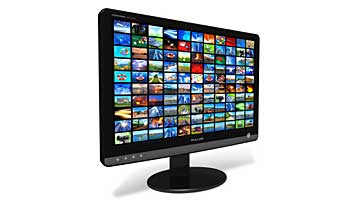
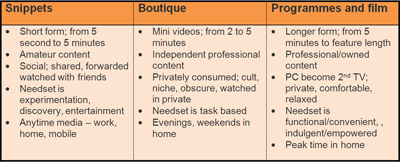

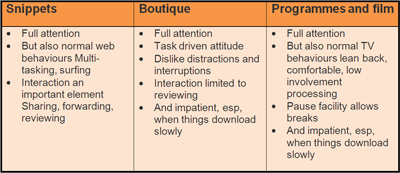
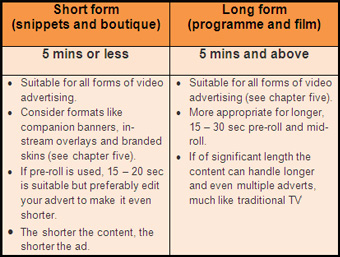

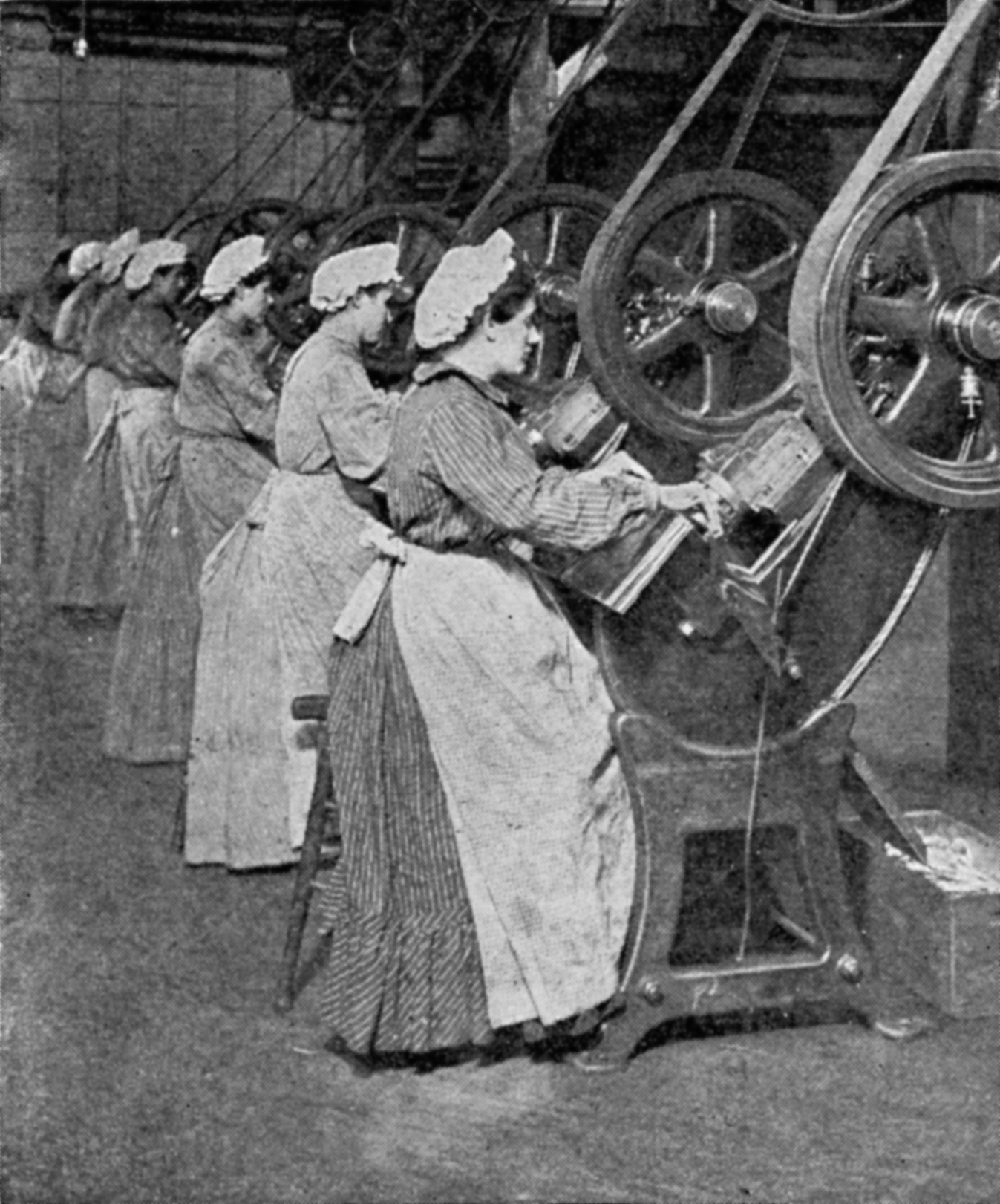 Marketing Automation helps marketing departments to cut down the repetitive and time consuming task of email marketing. Specifying criteria and outcomes for tasks and processes using specific email software, which is then interpreted, stored and executed, increases efficiency and reduces human error.
Marketing Automation helps marketing departments to cut down the repetitive and time consuming task of email marketing. Specifying criteria and outcomes for tasks and processes using specific email software, which is then interpreted, stored and executed, increases efficiency and reduces human error.
